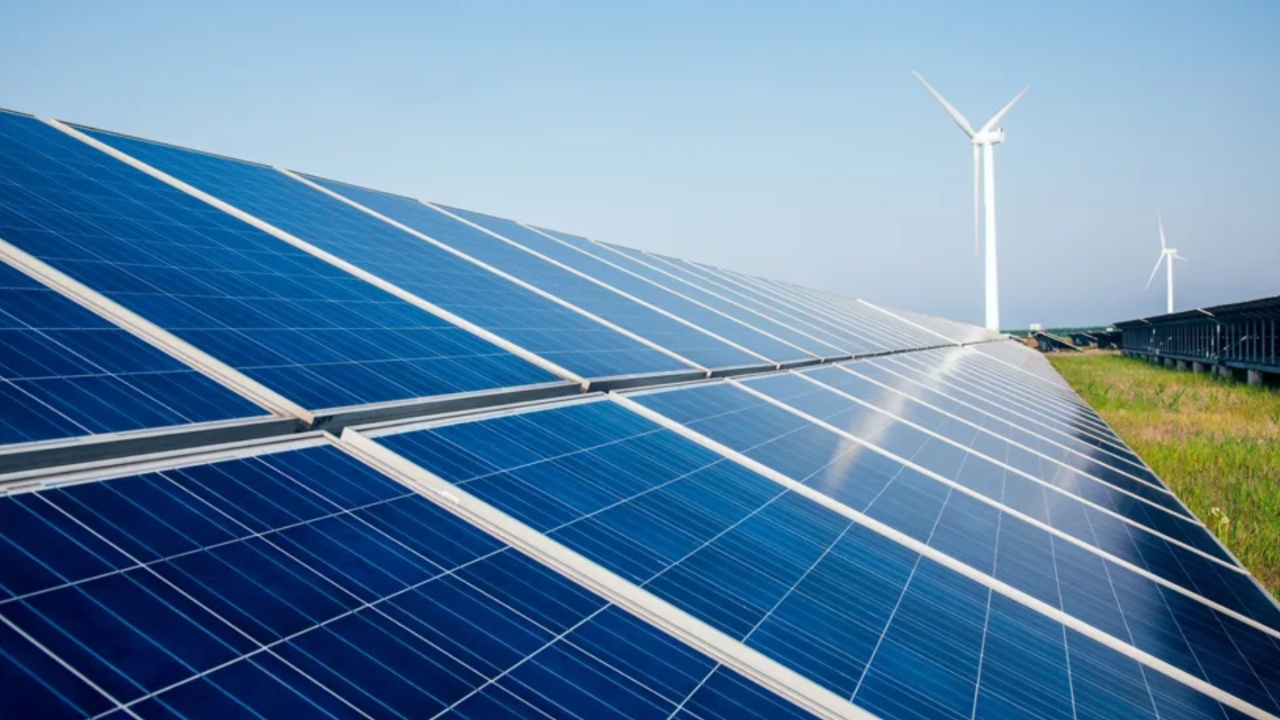For the first time in U.S. history, renewable energy sources accounted for slightly more than half of the nation’s electricity generation in March, surpassing fossil fuels. This milestone reflects the slow but steady decline of fossil fuel reliance and provides a morale boost to the renewable energy sector, which has faced significant uncertainty due to potential funding cuts and policy rollbacks under the Trump administration.
Spring Boosts Solar and Wind as Clean Energy Surges Ahead of Fossil Fuels
According to the climate think tank Ember, solar energy was the primary driver of this growth, increasing by about 37 percent compared to the same time last year. Wind energy followed with a 12 percent rise, while fossil fuel generation dropped by 2.5 percent. The data illustrates the accelerating pace of clean energy adoption and how renewables are beginning to dominate the U.S. energy mix, even amid political resistance.

The achievement coincided with spring—a season particularly favorable to renewable energy. As noted by Canary Media, longer days, more consistent sunlight, and cooler temperatures enhance solar panel performance. Similarly, spring wind patterns benefit turbines, and increased rainfall aids hydropower generation. These optimal seasonal conditions helped push clean energy output to record levels, showcasing the potential of renewables during peak times.
Renewable Incentives at Risk as Trump Administration Backs Fossil Fuels and Coal Revival
Despite the recent gains, the renewable energy industry faces headwinds as the Trump administration signals a return to fossil fuel expansion. Coal, which accounted for only 11 percent of U.S. energy production in 2023, is being prioritized, while natural gas continues to dominate. Additionally, the administration has proposed repealing parts of the Inflation Reduction Act, which offers tax credits that have helped attract billions in clean energy investment across both Democratic and Republican states.
The future of renewable energy tax incentives remains uncertain. While President Trump has excluded wind and solar from his definition of domestic energy in recent executive orders, 21 House Republicans have expressed support for the clean energy credits, suggesting they align with conservative economic goals. Experts warn that eliminating these incentives could cause a talent and investment drain just as the U.S. seeks to strengthen domestic manufacturing and innovation—ironically undermining the administration’s own stated priorities.

